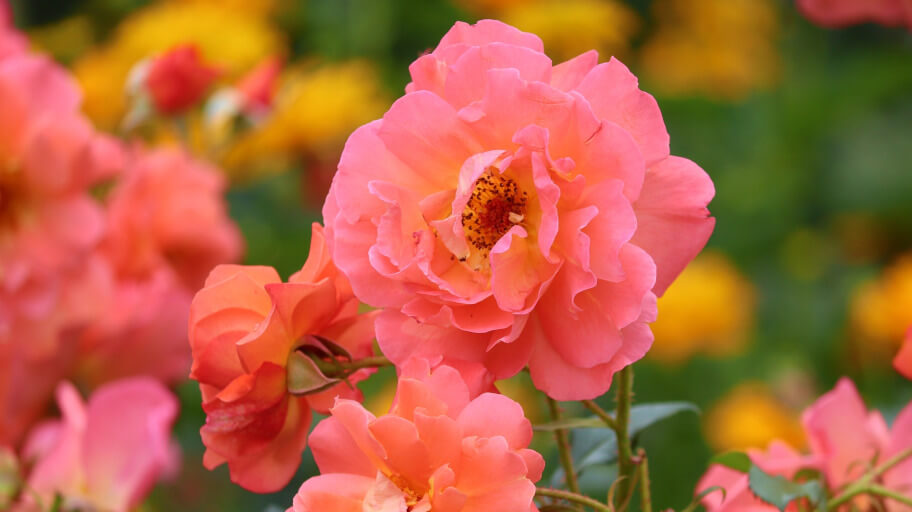
Saving seeds from the plants you love is a long-standing tradition in gardening. A way to pass on your favourite flowers generation after generation. It’s not only cost-effective, but it means you can also share them with family and friends. Once you know how to harvest seeds and properly store them, you can have a beautiful blooming garden year after year at zero cost!
If this is your first attempt at saving seeds, we suggest you start with plants that are openly pollinated (so there is no risk of growing something different at the end), heirloom cultivars, and old-fashioned plants like what you’d find in your grandmother’s garden. Tomatoes, beans, pepper, lettuce, some kinds of zucchini, peas are only a few of the options you can try.
Seed saving also allows you to cultivate your own plants and even hybridise them, although with the caveat that seeds taken from hybrid plants will not always produce the same plant as its parent. Nevertheless, it’s fun to experiment if you feel like it!
When is the best time to harvest the seeds?
Collecting seeds from plants, whether it comes to flowers or vegetables, is not that complicated and it’s best done at the end of the plant’s blooming season.
You can tell their time has come when the seed pods go from green to brown/yellow (and are easily cracked open by pinching them) or the fruit is overly ripe. If you practice deadheading around your garden, it’s a good opportunity to gather some seeds. Remember, though, that it’s very important to wait for the pods and plant fruits to properly ripen, so the seeds can mature enough.
Choose a dry and sunny day for the task. You don’t want any moisture on your seeds.
How to harvest seeds
It’s more a matter of where you harvest seeds rather than how. The best practice is to choose your healthiest best-growing plants to ensure strong virile seeds. This cultivation will provide your garden with better and better plants each year.
As for the collection itself, the process is quite simple:
- Use sharp clean scissors to separate the seed pods and then shake the seeds off into a paper envelope to keep them dry. Seeds from fruits and veggies can be collected with a spoon or similar tool.
- Before storing the seeds, it is best to let them dry on non-glossy paper for about a week. Preferably in a well-lit place, but outside of direct sunlight. Any vegetable or fruit seeds need to go through water, so they are more easily separated and cleaned before set to dry.
- Finally, it’s time to find a nice place to store your seeds.
How to store the seeds
After the drying is done, store the seeds in a cool and dry place. They must be dry at all times. Temperatures around 5-10 °C are ideal. Most seeds cannot tolerate extreme temperatures, though, certain types of zucchini, for instance, could be refrigerated. It’s best to look up more details about the specific plant’s storing needs before you proceed.
Do not forget to label your seeds, so you don’t have to guess later. This is the best way to keep track, especially if you plan on creating a larger seed collection. Putting down notes like flower colour and when the seeds were harvested is also helpful information you may want to keep.
Takeaways
- Begin with the easy plants to harvest and store like tomatoes, peas, beans, pepper, lettuce, specific types of zucchini.
- In order to collect the best seeds, you have to be patient and picky. Wait for the browning or yellowing of the seed pods, as well as for the fruit to ripe.
- It’s also good to wait for your seeds to dry before placing them in containers or paper bags.
- Always label your seeds and keep them in a dry and moist-free area.
Need a hand around the garden?
We can help in many ways!








